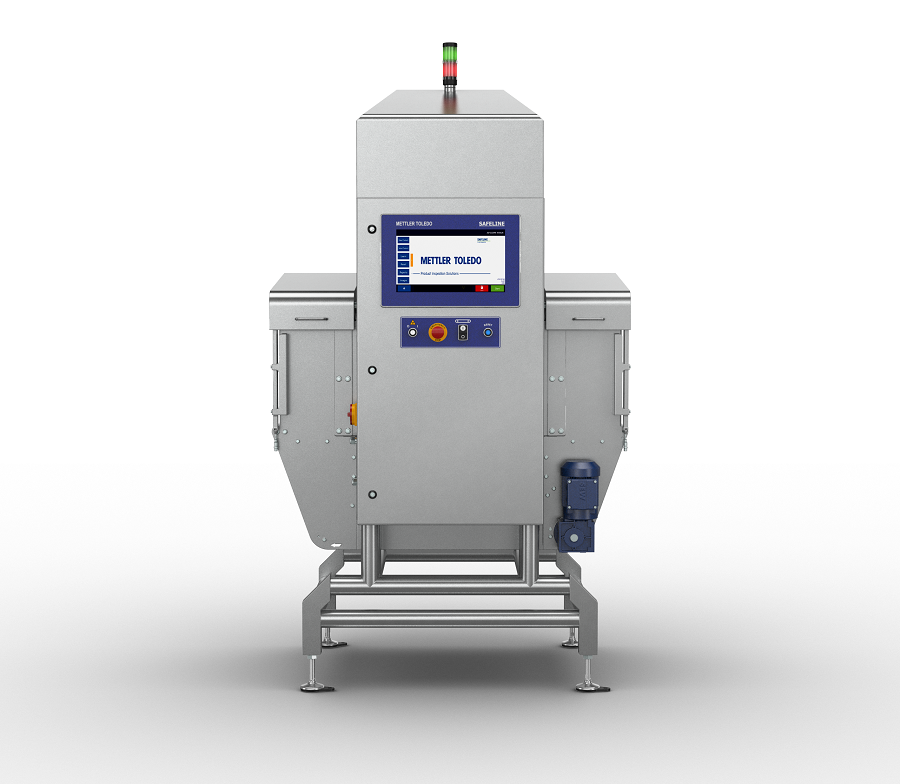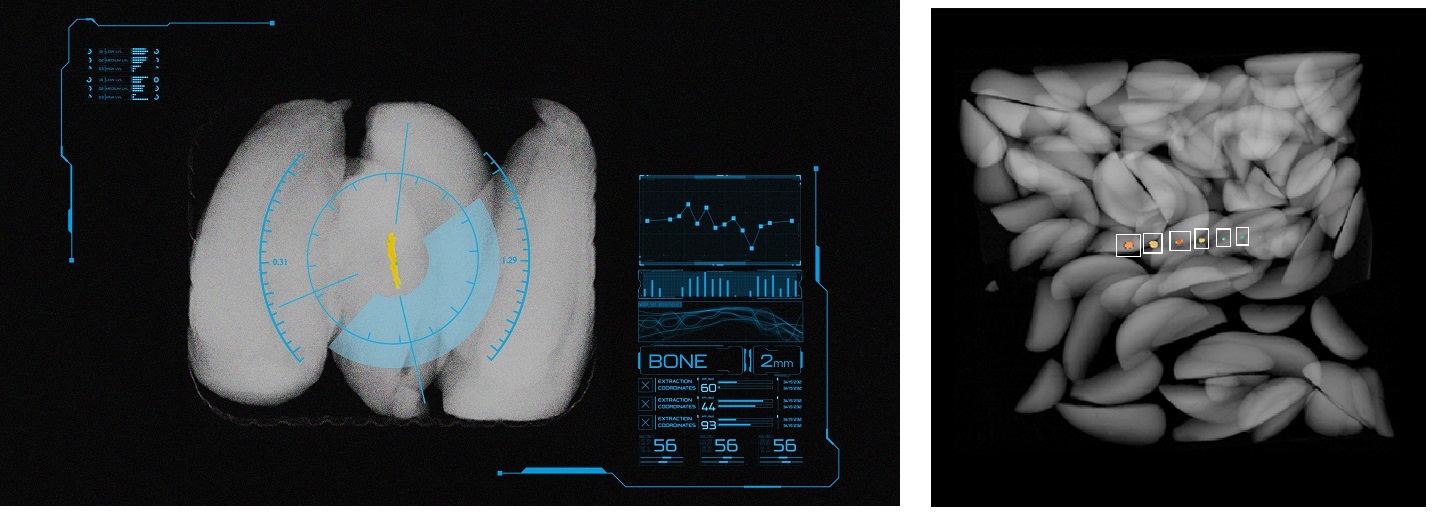Mettler-Toledo Product Inspection today launches its most advanced x-ray inspection technology to date, delivering a remarkable leap forward in the ability to detect low density contaminants in packaged food products. The new technology will help food manufacturers avoid product recalls, reduce unnecessary product waste costs and enhance product integrity and brand protection.
State-of-the-art Mettler-Toledo DXD and DXD+ dual energy detector technology is optimised for identifying foreign bodies such as calcified bone, low-mineral glass, rubber and some plastics. These types of contaminants are traditionally hard to detect within the ‘cluttered’ or ‘noisy’ x-ray images generated by overlapping and multi-textured products such as packs of pasta, chicken breasts, sausages and frozen potato-based goods.

DXD and DXD+ dual energy detectors can now be specified with new purchases of Mettler-Toledo X35 x-ray systems (in photo).
Such applications are a perfect match for DXD and DXD+ advanced detector technology, in conjunction with intuitive new Mettler-Toledo Advanced Material Discrimination software tools. The software helps to separate and remove the prominent material of the food product within the x-ray image, revealing the presence of any lower density contaminants. As a result of the accuracy and reliability of DXD and DXD+ detection, food manufacturers can be more confident that their products are safe for consumers, and that they will benefit from reduced False Reject Rates and product waste, helping to deliver a fast return on investment.

Left: Chicken contamination detected; right, potato wedges (Photo: Mettler-Toledo)
The outstanding performance of this cutting-edge technology has been shown in tests conducted by Mettler-Toledo, in which a range of different foreign bodies were hidden in 650g packs of chicken breasts. The table below illustrates these results:
Contaminant type (embedded bone of 2mm thickness or less) | Smallest size detected with 100% Probability of Detection (P.O.D) using single energy x-ray | Smallest size detected with 100% Probability of Detection (P.O.D) using DXD or DXD+ |
Aluminium | 3mm | 2mm |
Low Mineral Glass | 3mm | 2mm |
Rubber | 6mm | 5mm |
Wish bone | Undetected | 100% detection |
Rib bone | Undetected | 95% detection |
Fan bone | Undetected | 30% detection |
Detection of low-density contaminants was even more graphically illustrated in tests using a 500g bag of pasta:
Contaminant | Size detected with single energy x-ray | Size detected with DXD or DXD+ |
Aluminium | 5mm | 2mm |
Low Mineral Glass | 5mm | 3mm |
Rubber | Undetected | 6mm |
It must be noted that the test results are dependent on individual applications. The test results presented above are for guidance purposes only.
The advanced detector technology is available in two versions, giving customers two levels of dual energy x-ray performance:
· DXD: enhanced x-ray performance at a competitive price; can operate in the same environments as single energy solutions and can be used with line speeds typically up to 100 m/minute.
· DXD+: premium detector technology for the most challenging applications; collects more data about the product being inspected, and advanced image analysis software provides clearer images with much higher resolution; DXD+ can be used with line speeds typically up to 45 m/minute.
“This is truly cutting-edge technology, that meets a real demand in the market for x-ray inspection capable of detecting low-density contaminants in a wide range of packaged food products,” said Gareth Jones, Head of Engineering for Mettler-Toledo Product Inspection. “DXD and DXD+ provide unprecedented levels of detection in the most challenging applications our customers face. The benefits are both economic and reputational: they can better protect the integrity of their products and their brand, while also reducing cost and wastage through improved False Reject Rates and less product throwaway.”
DXD and DXD+ dual energy detectors can now be specified with new purchases of Mettler-Toledo X35 x-ray systems. Only a small amount of extra operator training is required due to automatic job set-up and the similarities between the Advanced Material Discrimination software and the ContamPlusTM software that is familiar to existing Mettler-Toledo x-ray users.
Mettler-Toledo is offering exclusive personalised consultations to prospective users of this latest technology either on a 1:1 basis at its Royston facility or virtually. The consultations will include live testing with customers’ actual products, as well as the opportunity to engage with leading experts in the x-ray inspection field.














